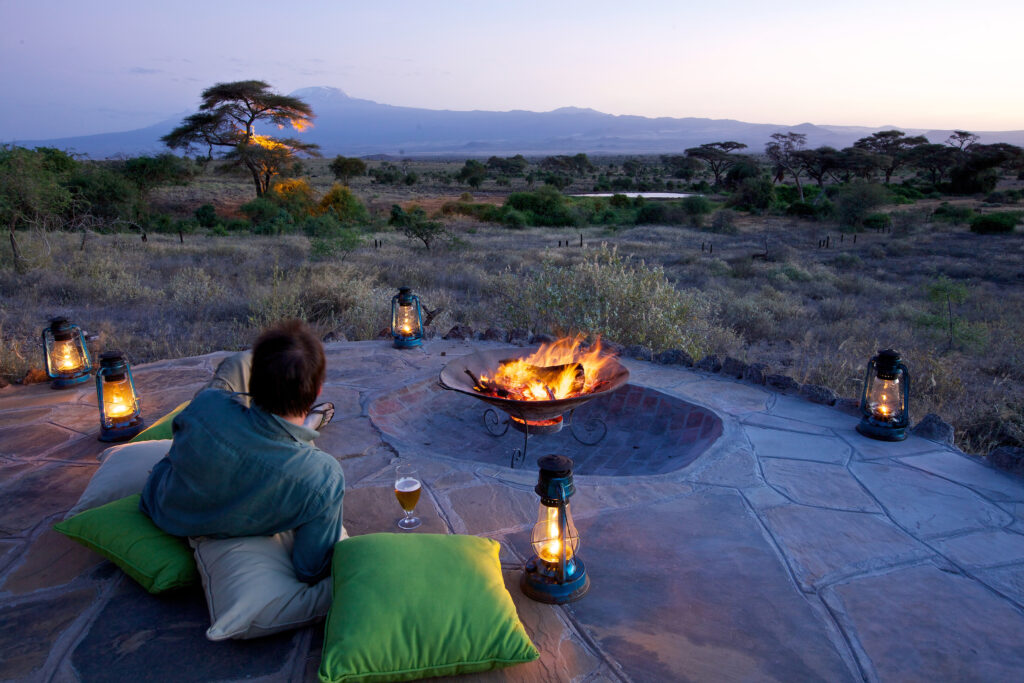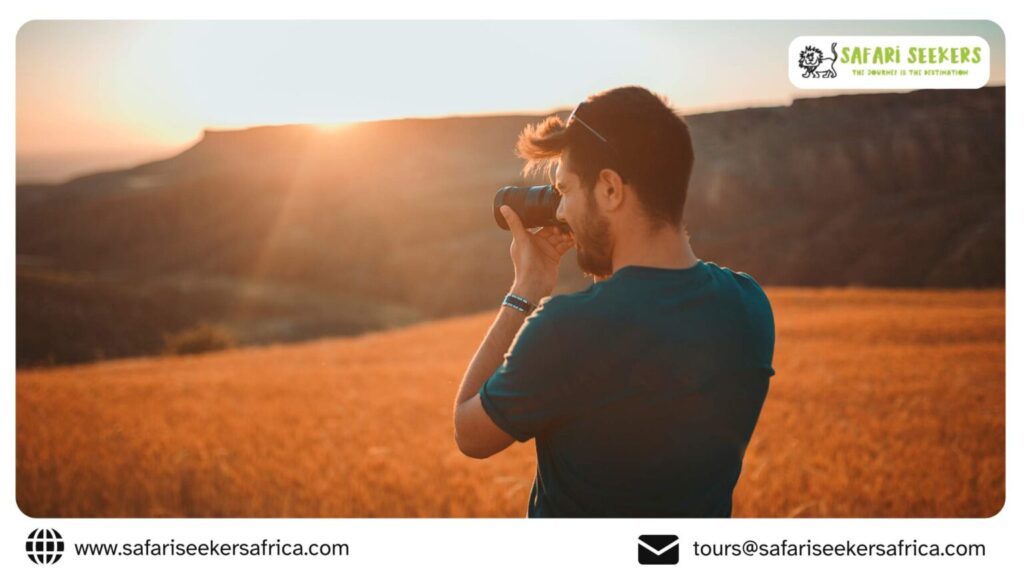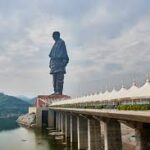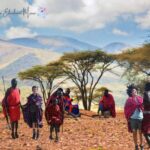Kenya’s Maasai Mara National Reserve is a bucket-list destination for wildlife photographers, and the Great Migration—when millions of wildebeest, zebras, and antelopes traverse the plains—is its crown jewel. This annual spectacle, occurring between July and October, offers dramatic scenes of survival, from perilous river crossings to predator-prey encounters. With photographic safaris in Kenya organized by Safari Seekers, you’ll have expert guidance and prime access to capture unforgettable images. Here’s how to photograph the Great Migration in the Maasai Mara.
Why the Maasai Mara?
The Maasai Mara is the heart of the Great Migration, where vast herds move from Tanzania’s Serengeti to Kenya’s lush grasslands. The reserve’s open savannas, iconic acacia trees, and golden light create a stunning backdrop for photography. Beyond the migration, the Mara teems with wildlife—lions, cheetahs, leopards, and elephants—offering endless opportunities for dynamic shots. Safari Seekers’ tailored photographic safaris ensure you’re positioned for the best moments, guided by experts who know the terrain and animal behavior.
Planning Your Photographic Safari
Timing is everything. The peak migration months of August and September are ideal for capturing dramatic herd movements and Mara River crossings. Safari Seekers crafts personalized itineraries, scheduling early morning and late afternoon game drives to harness the golden hour’s warm, soft light. Booking early ensures access to prime locations and small-group tours, maximizing your shooting opportunities.

Essential Gear for Wildlife Photography
To capture the Great Migration’s scale and intensity, pack the right equipment:
- Camera: A DSLR or mirrorless camera with fast autofocus is essential.
- Lenses: A telephoto lens (200-600mm) for close-up action shots; a wide-angle lens (24-70mm) for sweeping landscapes.
- Accessories: A sturdy tripod or bean bag for stability, extra batteries, and high-capacity memory cards for long game drives.
- Extras: Dust-proof bags to protect gear in the Mara’s dry, dusty conditions.
Safari Seekers’ 4×4 vehicles are photographer-friendly, with open sides, charging points, and ample space for gear, ensuring you’re ready for every shot.
Photography Tips for Stunning Migration Shots
- Harness the Light: Shoot during early mornings or late afternoons when the Mara’s light is soft and golden. Position yourself with the sun behind you to highlight animals’ features and textures.
- Capture the Action: Use a fast shutter speed (1/1000s or higher) to freeze chaotic moments like river crossings. Practice panning to convey the herds’ motion and energy.
- Frame the Story: Include environmental elements—dust clouds, distant mountains, or acacia silhouettes—to showcase the migration’s grandeur. Safari Seekers’ guides know the best vantage points for these compositions.
- Stay Patient: Wildlife is unpredictable. Work with your guide to anticipate key moments, like a crocodile ambush or a cheetah’s sprint, for dramatic shots.
- Experiment with Perspectives: Try low-angle shots to emphasize the animals’ power or high vantage points to capture the herd’s scale.

Why Choose Safari Seekers?
Safari Seekers specializes in photographic safaris in Kenya, offering small-group tours led by seasoned wildlife photographers and local Maasai guides. Their customized vehicles provide unobstructed views and stability for shooting. Post-safari, they offer workshops to refine your images through post-processing techniques. Whether you’re a novice or a professional, Safari Seekers tailors the experience to elevate your photography.
Start Your Journey
Ready to immortalize the Great Migration? Book your photographic safari with Safari Seekers at tours@safariseekersafrica.com or call +254 707 969 268. Visit their website for exclusive itineraries and begin your adventure in the Maasai Mara. Capture the raw beauty of nature’s greatest spectacle through your lens.
For more information, stay connected with us on Facebook, X (Twitter), Pinterest, Instagram, Tripadvisor, YouTube, and Google Maps.


